In the national development strategy, vocational education (VET), especially colleges, plays a key role in providing highly skilled human resources. The issuance of standards for establishing schools is necessary to ensure quality and system orientation. However, in the context of the state promoting streamlining the public apparatus and encouraging socialization, the application of rigid standards - especially regarding land and capital - is revealing many shortcomings in the private sector. Applying standards like those for public schools has created bottlenecks, hindering the development of the entire system.
“One size fits all” is creating barriers
The role of standards in establishing quality standards and protecting learners is undeniable. For the public sector, especially during mergers and restructuring, they help ensure that new units operate effectively and optimize public resources such as land and facilities. This is a necessary management tool to improve the efficiency of public asset use and the quality of educational services.
However, applying the same standards – especially regarding land area (20,000 m² in urban areas, 40,000 m² outside urban areas) and investment capital (VND100 billion excluding land) – to the private sector is a different story. This “one size fits all” approach is creating an almost insurmountable barrier. In large cities, land is scarce and expensive, making the area requirement unrealistic. The high investment capital also eliminates small and medium-sized investors, social organizations or individuals who intend to open specialized, high-quality schools on a reasonable scale.
Meanwhile, digital technology allows the implementation of E-learning models, Blended learning, virtual labs, reducing dependence on physical space. Collaborative training models with businesses such as Work-Based Learning (WBL) effectively utilize business facilities. Maintaining the traditional school design mindset - requiring large campuses and large infrastructure - is becoming outdated, missing the opportunity to take advantage of more flexible and cost-effective training methods. As a result, the private sector is held back, going against the socialization policy and slowing down the ability to meet the country's human resource needs.

The traditional school design mindset – which requires large campuses and large infrastructure – is becoming outdated.
PHOTO: ILLUSTRATION BY AI
International experience shows that many countries have adopted a more flexible approach. In Australia, the Australian Skills Quality Authority (ASQA) requires TVET institutions to demonstrate that they have sufficient resources (financial, physical) appropriate to the scope of their registered activities, rather than prescribing a fixed area. In the UK, the Office for Students (OfS) focuses on output quality, administrative and financial capacity in a specific context. The accreditation system in the US also does not prescribe an absolute area, but assesses the adequacy and appropriateness of resources to the training program. The general trend is to move from input control to assessment of implementation capacity and output quality control.
Flexible input while tightening output quality control
From the perspective of small and medium-sized enterprises (SMEs), Vietnam should consider a new approach to licensing the establishment of private colleges. Instead of applying uniform barriers, flexible standards should be developed, classified according to the scale of training and specific fields/industries. The core principle is "fit for purpose". The role of the state should shift from controlling inputs to setting minimum essential standards, while strengthening output monitoring.
These minimum standards should focus on factors that directly affect the quality of teaching: learning and practice space per student; essential equipment for the registered program; and sufficient financial capacity to operate stably (possibly through a business plan, guarantees, or appropriate capital). A 300-student information technology school clearly does not need the same resources as a 3,000-student mechanical engineering school. This approach allows for diversity, encouraging specialized models, small scale but high quality.
However, flexibility in input must go hand in hand with tightening control over output quality – a prerequisite. The role of the state is to build and operate an effective post-audit system, including: independent accreditation of training programs and facilities; assessment of actual capacity of graduates; monitoring and publicizing employment rates, salaries, and business satisfaction; and applying strict sanctions – including license revocation – to facilities that do not meet standards. Transparency of accreditation information also helps learners and society make the right choice.
To truly promote the development of vocational education, especially in the private sector, it is necessary to "untie" the institutional bottleneck on establishment conditions. Replace the "uniform standard" approach with a flexible model, classified by size and industry such as SMEs, focusing on essential minimum conditions and suitability. Most importantly, this change must be accompanied by a strong, effective and transparent output quality control system. This is the way to both unleash social potential and ensure and continuously improve the quality of human resources, towards a dynamic, diverse vocational education system that meets the country's development practices.
In the context of the Ministry of Education and Training amending the Law on Vocational Education, comprehensive institutional assessment and reform is urgent to effectively promote social resources in training high-quality human resources.
Source: https://thanhnien.vn/thao-nut-that-the-che-de-phat-trien-truong-cao-dang-tu-thuc-185250807191437627.htm



![[Photo] Hanoi morning of October 1: Prolonged flooding, people wade to work](https://vphoto.vietnam.vn/thumb/1200x675/vietnam/resource/IMAGE/2025/10/1/189be28938e3493fa26b2938efa2059e)




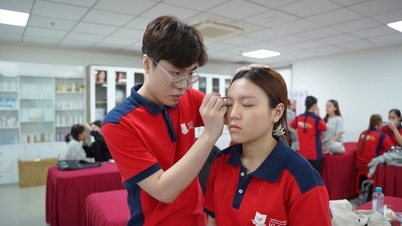











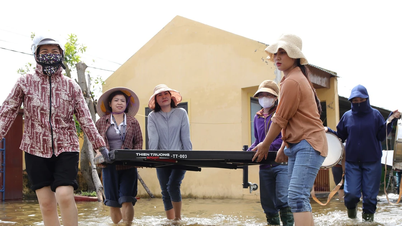






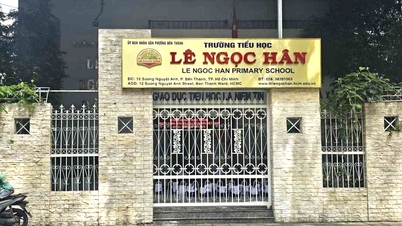











![[Photo] The 1st Congress of Phu Tho Provincial Party Committee, term 2025-2030](https://vphoto.vietnam.vn/thumb/1200x675/vietnam/resource/IMAGE/2025/9/30/1507da06216649bba8a1ce6251816820)
![[Photo] Panorama of the cable-stayed bridge, the final bottleneck of the Ben Luc-Long Thanh expressway](https://vphoto.vietnam.vn/thumb/1200x675/vietnam/resource/IMAGE/2025/9/30/391fdf21025541d6b2f092e49a17243f)
![[Photo] President Luong Cuong receives President of the Cuban National Assembly Esteban Lazo Hernandez](https://vphoto.vietnam.vn/thumb/1200x675/vietnam/resource/IMAGE/2025/9/30/4d38932911c24f6ea1936252bd5427fa)























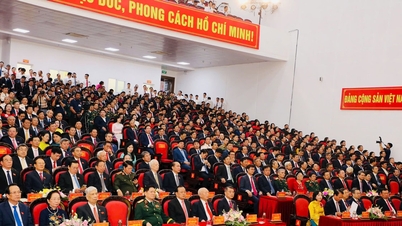



















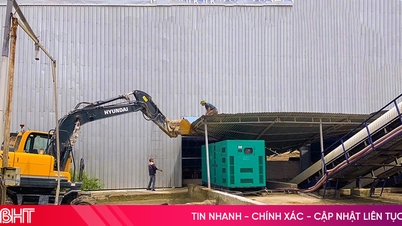

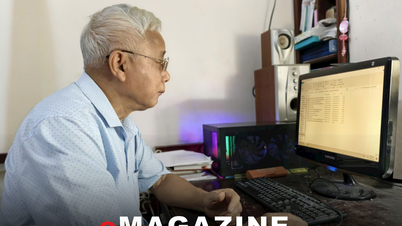

















Comment (0)